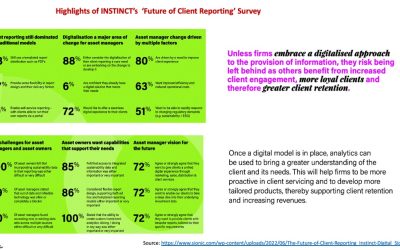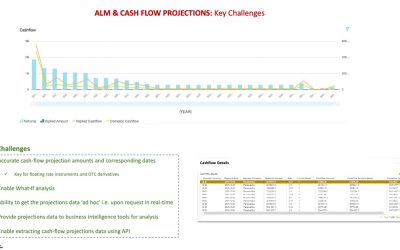THE PROBLEM
What are the key forward looking risk measures necessary to perform effective risk analysis on a multi-asset portfolio?
THE APPROACH
Risk management using forward looking (Ex-Ante) analysis helps firms manage portfolio risks proactively and ensures that the portfolio is positioned for the future in accordance with its investment policy guidelines.
The following are some of the key focus areas to perform forward looking analysis of a multi-asset. portfolio :
– VaR Analysis
– Scenario Analysis and Stress Testing
– What-If Analysis
– Portfolio/Security Analytics
– Economic Value of Equity (EvE) and Earnings At Risk (EaR)
In this post we will focus on Value At Risk (VaR) Analysis.
Value At Risk (VaR) is the maximum loss a portfolio experiences for a confidence level and time horizon.
For example, we can say that a portfolio cannot lose more than USD 1 Million at 99% confidence level for a 10 day time horizon.
The 3 popular approaches to computing VaR are – Parametric VaR, Historical Simulation VaR and Montecarlo VaR.
– Parametric VaR: Simple to implement, Returns based and use Variance-CoVariance approach.
– Historical Simulation VaR: Popular and uses historical data
– Monte-Carlo VaR: Uses simulation techniques and the most complex of the three methods
Related VaR measures include:
– Conditional VaR (CVaR or Expected Shortfall or Tail loss) – While VaR just tells how bad it can get, CVaR complements VaR because it tells us the expected loss if things get bad.
As CVaR can tell us the expected loss amount, we can therefore determine the securities that contributed to the CVaR of the portfolio. Thus, it is not only important to know the total expected portfolio loss, but also to know securities that contributed to this loss.
Component VaR – Breakdown of VaR into various components, i.e. grouping by security attributes
Marginal VaR – Change in VaR for unit change in value of the portfolio position
Backtesting VaR is an approach to validate the VaR models. The process compares forward looking P&L (i.e. VaR) to actual performance results.
When the prediction is out of tolerance, the risk analyst can input comments providing a reason for the model’s results (unusual market condition or event maybe one reason). Based on the results of backtesting the model may need tuning to ensure it continues to be a good predictor of portfolio risks.
HOW TO?
As has been the key theme through the posts related to real-time risk Analysis – use of modern ‘cloud’ technology implementing microservices architecture that can scale dynamically depending on data volume.
This will enable firms to operate using the ‘Pay Per Use’ business model – a key competitive differentiator in the long-term for deeper actionable insights.




